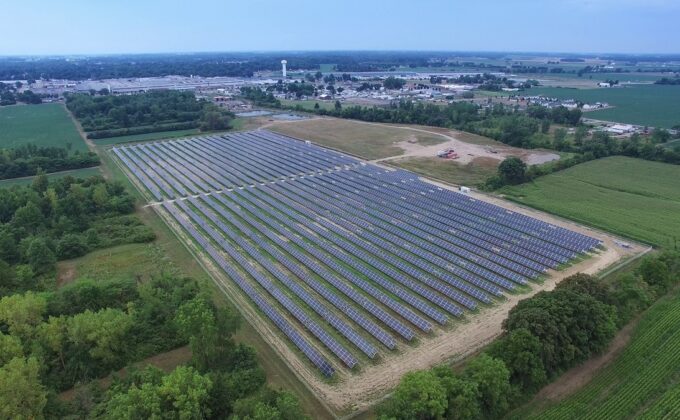
Knowledge Center
We believe that sharing our expertise and collaborations in clean energy policy is how real, effective change happens.
From reports and policy briefs, to webinars and podcasts—RAP advisors have built an extensive collection of resources providing in-depth analysis and practical solutions to today’s energy challenges.
Filter >>
Content Filter:
Although some New England utilities offer modernized rates for special applications, like electric vehicles and battery storage, there is substantial room for improvement in time-varying residential pricing. This policy brief, the last in a series examining rate design issues across… View Summary +
Rural populations in India continually face great challenges when it comes to earning and maintaining a sustainable living. With up to 70% of rural Indians working in the agricultural sector, those challenges will only become more substantial as climate change… View Summary +
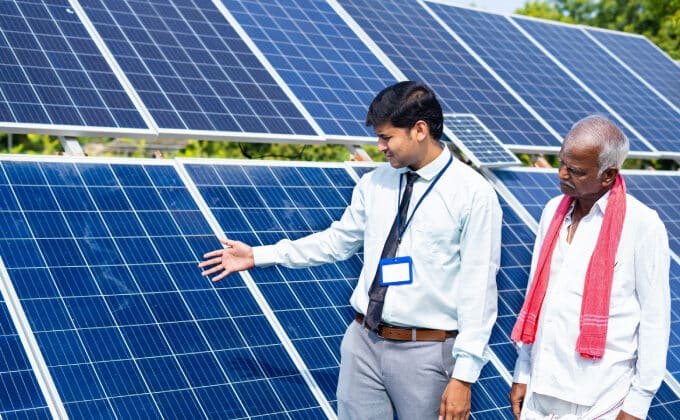
As the market for electric vehicles (EVs) in the United States continues to grow, states are beginning to pay more attention to the issues that arise. Although no one state agency has clear responsibility for it, utility commissions are taking… View Summary +
Technology has evolved faster than utility-offered rate designs have, and consumer choice will continue to grow as advanced energy technologies — from electric vehicles to battery storage — and smart grid optionality become available. These changes should likewise prompt advances… View Summary +
This policy brief dives deeper into rate design for low- and moderate-income (LMI) ratepayers in New England. As always, effective rate design is crucial to achieving regulatory and public policy goals, but achieving broad societal policy goals need not come at the… View Summary +

Recognizing the potential of renewable energy to reduce greenhouse gas emissions and support rural electrification, India has set an ambitious target for increasing renewable energy capacity by 2022, particularly rooftop photovoltaic solar. However, affordably transitioning to clean energy is a… View Summary +
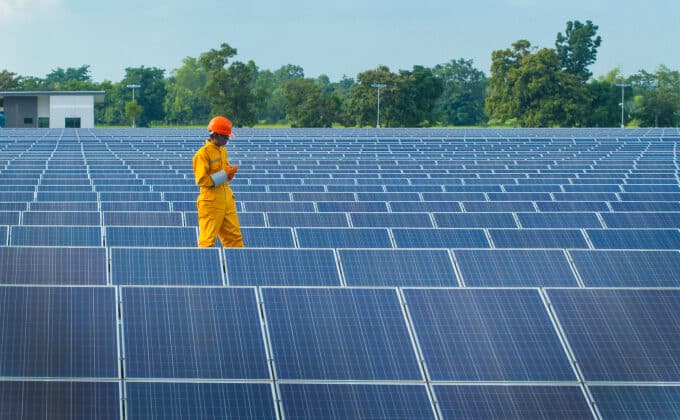
Energy efficiency is key to reducing the size of the energy challenge, to accelerating the achievement of its solution, and to enhancing energy productivity, but old ideas that ignore the potential benefits of electrification and narrowly equate energy efficiency with… View Summary +
Maps showing the average monthly customer bill in each New England state (left) and rates per kilowatt-hour for large utilities throughout the region (right). Household electricity bills vary significantly across the United States, but in no region do… View Summary +
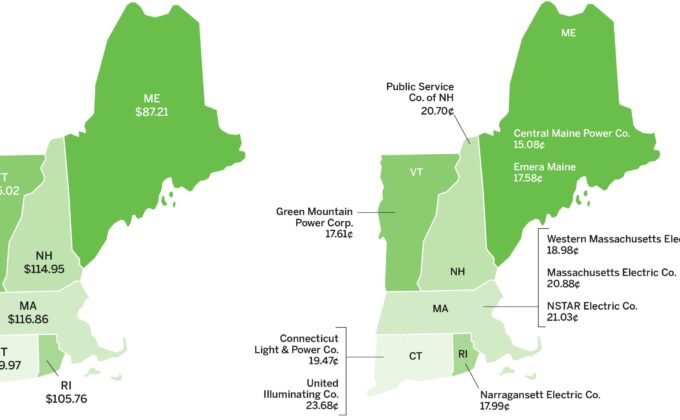
RAP’s definition of beneficial electrification asserts that an electrified end use must satisfy at least one of the following conditions, without adversely affecting the other two: Saves consumers money over the long run; Enables better grid management; and Reduces… View Summary +
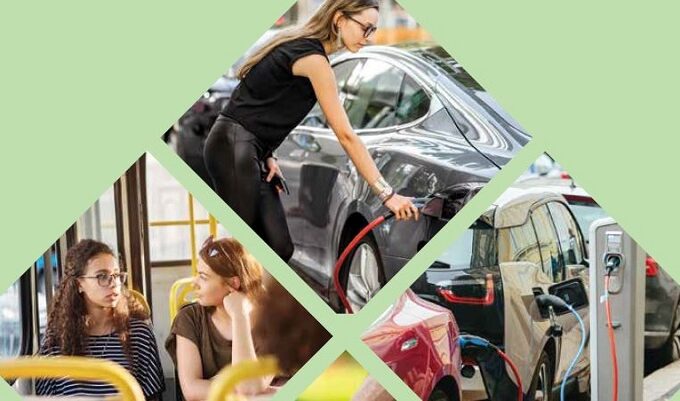
Traditional “cost-of-service” regulation, where the rate of return is set on rate base, gives utilities incentives to invest in additional infrastructure to increase their own revenues, even when less expensive options are available to meet customers’ needs. The adoption of… View Summary +
